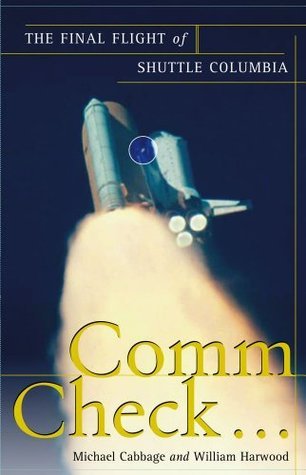What do you think?
Rate this book


417 pages, Kindle Edition
First published January 27, 2004
A large chunk of foam had broken away from somewhere in the bipod area of Columbia’s external fuel tank 81 seconds after launch and smashed into the ship’s left wing near the leading edge, producing a spectacular shower of particles. It was unclear from the images whether the debris cloud contained foam, ice, or bits of Columbia’s heat tiles. Exclamations of “Holy s—t!” and “Oh, my God!” filled the film lab…
As with most tragic events, this one is absent a single cause. I thought Michael Cabbage and William Harwood did an admirable job explaining everything from the engineering dynamics of the space shuttle, NASA culture, the minute-by-minute events culminating in the loss of Columbia, and the life histories and personalities of Columbia's final crew. This is a very emotional and intense book. I believe it makes a most valuable contribution to history. It also points out the risks of manned space flight and exploration, as well as human error and shortcomings--some avoidable, and some not.